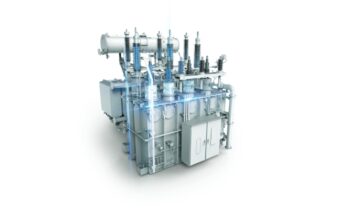
Adaptive transformer core demagnetization
Manufacturers and operators have a well-defined set of condition assessment procedures to be used in the factory and the field.

To comply with the high-technical design and construction standards and to be able to provide a high-efficiency transformer, manufacturers and operators have a well-defined set of condition assessment procedures to be used in the factory and the field.
During the normal service life of a transformer, switching operations are expected for many different reasons, and field-testing practices involve the use of DC induced in the windings for tests such as static winding resistance measurement. Both actions leave residual magnetization and/or fully saturate the core of the transformer.
When a power transformer is energized, inrush currents are expected, but if the core is saturated or partially saturated, then high-level inrush currents generated upon energization may affect the internal winding geometry of the transformer and also trip harmonic protection devices in the system. On the other hand, the residual magnetization of the core will have a misleading effect on fundamental testing procedures such as SFRA, excitation current, or magnetic balance.
Therefore, without getting into the complexity of the magnetization processes in grain-oriented electrical steels, this article will cover the methods used in the field to demagnetize the magnetic core of power and distribution transformers. The approach described aims to minimize the risk of tripping the transformer protection system, maintain the geometrical design of the core-coil assembly, and finally, eliminate the effect of residual magnetization on critical test data.







